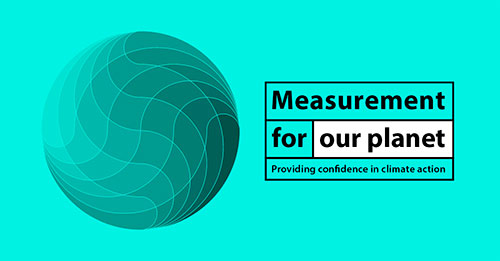The simple answer is to shine a light through it. The key feature of a gas that makes it a greenhouse gas (GHG) is that it absorbs the infrared radiation emitted by the Earth after it is warmed by the Sun. Each gas has a distinctive absorption fingerprint that can be used to identify and measure that gas. So, for example, if we filter the output of an infrared camera to target the gas’ fingerprint it will appear as a dark cloud in the image.
If we want to measure the amount of gas, rather than just see it is there, then we need to create an optical path over a known distance. We can then measure the reduction in the intensity of the light and calculate the total amount of gas between the source and the detector. This is either done by sampling the atmosphere at a point and injecting it into a measurement cell, which tells us the gas concentration at that point, or by transmitting a beam of light through the atmosphere - which tells us the total amount of gas over this open path.
One key piece of information that is not provided by the methods above is the distribution of gas along the optical path. To measure this we need to employ more advanced methods such as differential absorption lidar (DIAL) which combines absorption measurements with the range-resolved information from lidar (the laser equivalent of radar).
The final element of our GHG measurements is to combine the gas amount with flow information - either the flow from the emission source or the wind flow in the atmosphere. The combined result gives the emission rate which tells us exactly how much greenhouse gas is being injected into the atmosphere where it will contribute to overall global warming.

Learn more about NPL’s work in support of climate change action and our Measurement for our planet programme
Our research and measurement solutions support innovation and product development. We work with companies to deliver business advantage and commercial success.
Contact our Customer Services team on +44 20 8943 7070